"How firm thy friendship--O-HI-O." Closing line to first verse of Carmen, Ohio
Article
Camp Sherman Recreation
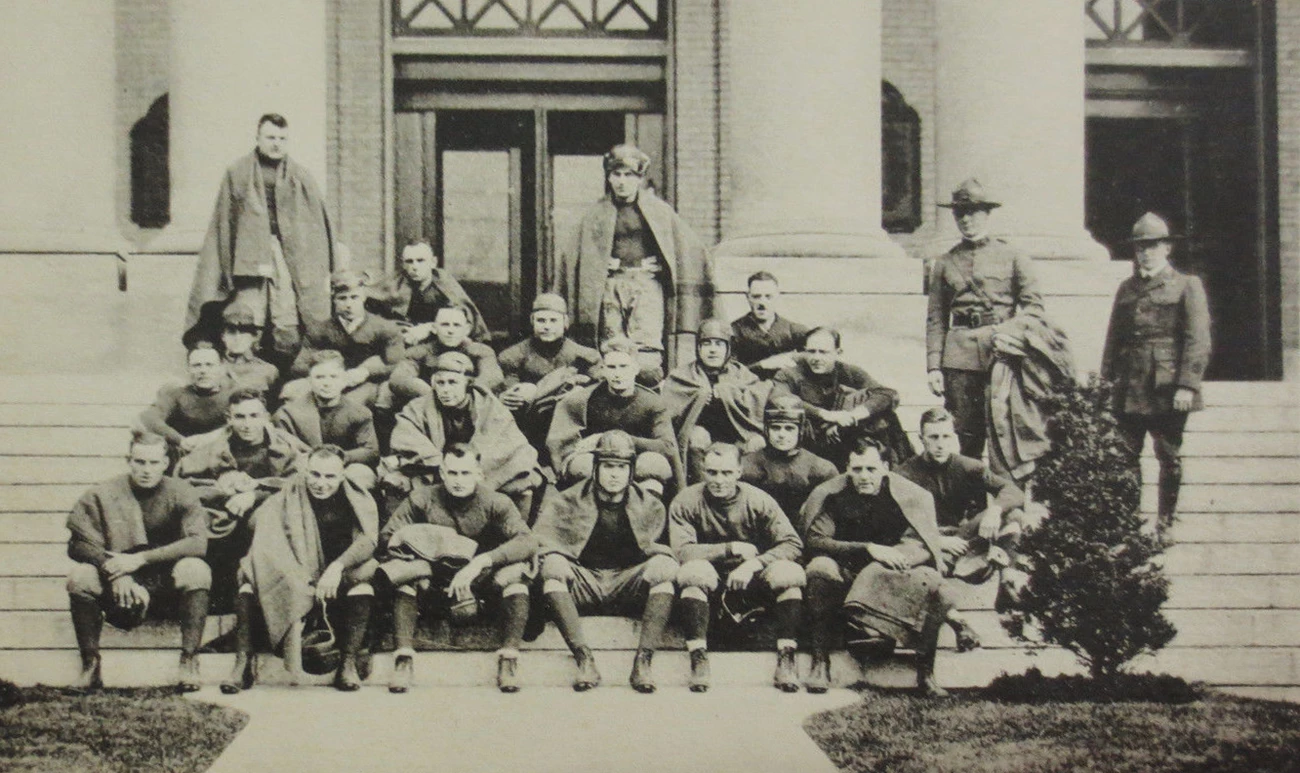
NPS Photo
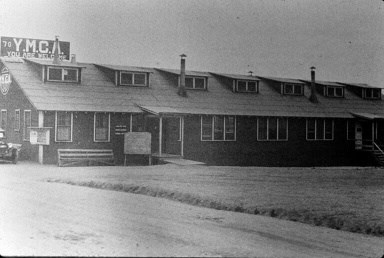
NPS Photo
Recreating
Training for the war was a tireless effort for everyone involved. Most of the time, soldiers spent countless hours drilling and training in preparation for combat. From basic drill orders to military discipline to weapons proficiency, there was very little time for anything else. However, despite the jam-packed days full of training, Camp Sherman soldiers were afforded a limited number of hours where they could recreate on base or head into Chillicothe to enjoy activities and company from the citizens of the town. Soldiers would fill their free hours by playing sports and games, reading books and writing letters home. Soldiers could gather at the many YMCA's, community houses, camp exchanges, theaters, and churches built at Camp Sherman. There they could play games, watch a show, listen to the victorola, or just lounge around.
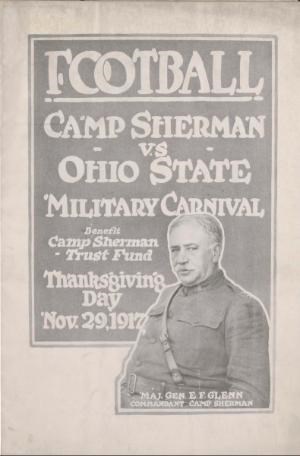
Collegiate Games
One physical activity that was highly encouraged was playing football. At any given time, there would be as many as forty informal football games going on throughout the camp. In 1917, an official Camp Sherman football team was organized. On Thanksgiving day, November 29th, 1917, The Camp Sherman Sammies played The Ohio State Univeristy Buckeyes. ("Sammies" was a term used by many to describe Uncle Sam's Soldiers. It eventually gave way to a more popular moniker of the time, "doughboys.") This game and the game the Buckeyes played a week earlier against Auburn at Camp Sheridan in Alabama were not on the original 1917 schedule. They were added last-minute in order to raise funds benefiting America's soldiers. Many members of the Camp Sherman squad were former collegiate players at notable universities, such as Indiana, Brown, Notre Dame and Yale to name a few. Former President James A. Garfield's grandson, Capt. James A. Garfield, starred on the field for the Sammies as he intercepted a thirty-seven yard pass. Even though it was a non-conference game for the Buckeyes, the game turned out to be a spirited and well-fought contest between the two teams. Two of Camp Sherman's players would be ejected for fighting. One notable Buckeye who took to the gridiron that day was the legendary All-American, Charles "Chic" Harley. In 1918, Harley would join the U.S. Army Air Corp and serve through the war until his discharge in July 1919. Harley's performance that day showed how valuable he was to the Buckeyes as he passed, played stellar defense, punted, rushed and kicked throughout the entire game. He would end up scoring a touchdown and kick all four extra points for the Bucks. Even though the Camp Sherman Sammies boasted talent from some of the collegiate powerhouses of the day, they were no match for the Buckeyes as they were defeated by a score of twenty-eight to nothing. The game finished out Ohio State's season and gave them an overall 8-0-1 record.
A few months later on February 28th, 1918, Ohio State would match up against Camp Sherman again, but this time on the hardwood floor for a collegiate basketball game. This game proved to be much more of a contest between the two as the game went into overtime. Camp Sherman held a 15-10 lead during regulation, but by the end of regulation, Ohio State came back to tie the game at 30. Ohio State pulled away in the overtime session, prevailing by a score of 36-31.
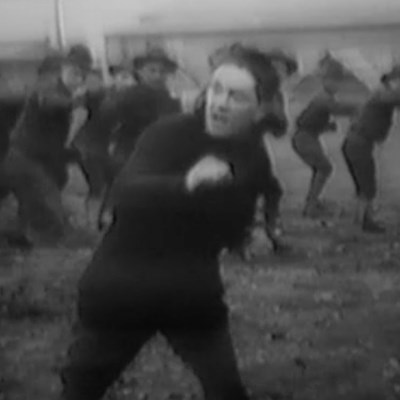
NPS Photo
Boxing
Another recreational sport that many men participated in was boxing. In addition to being healthy for the men, it provided them with greater agility and newfound confidence. Skills that would be vital to combat fighting and surviving trench warfare. Boxing was deemed so important to the training program that the Army hired a notable boxing champion to help train the soldiers. Johnny Kilbane, the World Featherweight Champion at the time, traveled from his home in Cleveland, Ohio to train soldiers at Camp Sherman, Camp Gordon (GA) and Camp Custer (MI). Kilbane fought in one hundred and forty-two bouts throughout his storied career and was defeated only four times. His final defeat on June 2nd, 1923 cost him the World Featherweight crown, which he had held for just over eleven years.
"There comes a time when you have to choose between turning the page and closing the book." Author Josh Jameson
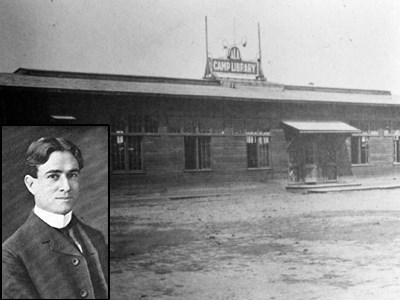
NPS Photo
Camp Library
The Camp Library was a popular gathering place for the soldiers. Soldiers also requested technical books and military science books to help improve their soldier skills. Books on history, travel, and foreign customs were sought after as the soldiers were eager to learn about Europe, where they might be serving. According to Burton E. Stevenson, the camp’s librarian, Huckleberry Finn and Tom Sawyer were two or the most requested books. Stevenson founded the Camp Sherman library and oversaw its development into a rather large operation with over forty-thousand volumes and twenty-two branches. The library system he set up at Camp Sherman would be the model that the Army would use at all of the military cantonments. He was already well-known in Chililcothe prior to the construction of Camp Sherman as he had been the city's Librarian since 1899. He would hold that position until his retirement in 1957. After the war, Stevenson helped establish the American Library in Paris in 1920 and would go on to author fifty books during his lifetime.

NPS Photo
National Parks and the Great War
World War ILast updated: June 7, 2023
